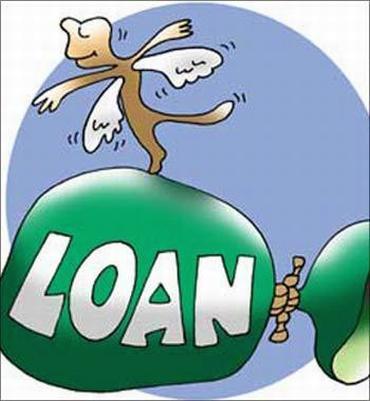
Did you know these options existed? Their pros and cons? Here's a lowdown...
Various repayment plans on home loans are as follows:
1. Step up repayment facility (SURF)
Step up repayment facility is one in which the payment of installments are directly linked with the borrower's monetary development. Best suited for those who are in the initial years of their employment, this plan allows the borrower to pay lower EMIs in the initial years which gradually increases with each phase along with an increase in the borrower's earnings.
2. Flexible loan installment plan
Also referred to as a step down repayment facility, the flexible loan installment plan is structured in such a way that the EMI amount decreases as the loan progresses. It means that in the initial years the repayment installments are high and they go on reducing in the later years. It uses the concept of reducing balance to determine EMI amounts in different stages of repayment.
This repayment plan is best suited for those who are nearing retirement, as these individuals can pay high EMI amounts for some initial years when they are still employed, and then they need to lower the repayment amount in proportion to the decrease in their income.
This repayment plan can also be availed in cases where children and parents buy property together. In these situations, usually the parents are nearing retirement and the children have just started earning. Under this plan, the incomes of parent and children are combined to obtain a long term loan in which the installment amount declines after the retirement of the parent.
3. Tranche based EMI
This facility is for those who have availed loans for under construction property.
For an under construction property, borrowers have to pay interest on the loan amount drawn by them, till the entire loan amount is disbursed. But, with the tranche based EMI facility, borrowers decide the amount of EMIs they want to pay until the construction of property is complete. The minimum amount is paid as interest on credit drawn whereas anything above interest goes towards the repayment of the principal amount.
This facility is very beneficial to the borrower as s/he starts paying off EMIs earlier and therefore can repay the loan sooner.
4. Accelerated repayment scheme
This home loan repayment scheme provides borrowers with the chance to repay the loan faster by increasing their EMI amounts whenever they have the extra funds which they would like to use towards home loan repayment. In case of an increment or a hike in the borrower's disposable income or in case the borrower has lump sum funds, s/he can use the increased amount for prepaying the loan. In this way, the borrower repays the loan faster and saves on the interest element of the loan.
5. Balloon payment
Under a scheme of balloon payment, the borrower repays about one third of the loan amount during the last installments. Balloon payment involves a hefty, lump sum payment of loans at some pre-determined intervals like 5 yearly or so or at the concluding stages of a long term loan. This scheme is advised only for those who have very high financial needs and should be avoided as the borrower pays more interest on it as compared to other loan schemes.
There are several ways by which home loan borrowers can repay their loans on favourable conditions but many a times people miss out on these opportunities as many do not understand the fine print of the repayment options. Borrowers should always choose that repayment plan which lessens the burden of EMIs and helps them to pay off a loan easily.
Illustration: Uttam Ghosh/Rediff.com









